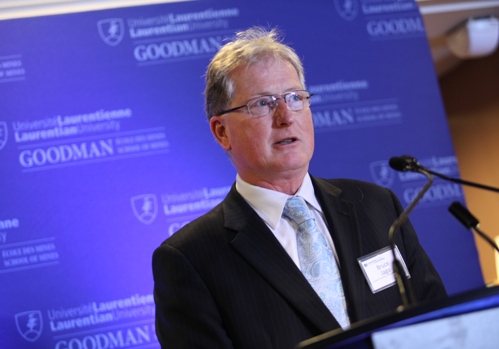Thunder Bay Chronicle-Journal is the daily newspaper of Northwestern Ontario.
It goes without saying, but there has to be a balance between environmental protection and economic interests, particularly in Northern Ontario. The economies of Northern towns and sensitive ecosystems depend on it. However, that balance was called into question this week by Resolute Forest Products, which pulled out of negotiations on the Canadian Boreal Forest Agreement over how much land to set aside for conservation.
While environmentalists accused Resolute of not living up to its promises to protect habitat for caribou, the company said “draconian” demands by environmental groups would have forced the closure of multiple mills and multiple projects in both Ontario and Quebec.
Two of those projects in Northwestern Ontario — the restart of the Ignace sawmill and a new sawmill project in Atikokan — would have been shelved, and a Fort Frances paper mill would have closed, the company said, if it agreed to environmentalists’ terms.
Resolute said it put forward proposals for more protected areas, including an additional 204,000 hectares of forest for conservation in Northern Ontario, but it wasn’t enough for environmentalists. Company spokesman Seth Kursman said that the company “was not about to negotiate people’s livelihoods away.”
“Many communities have already been hit by the forest industry crisis, (so) we could not unilaterally support such measures,” he said.

























